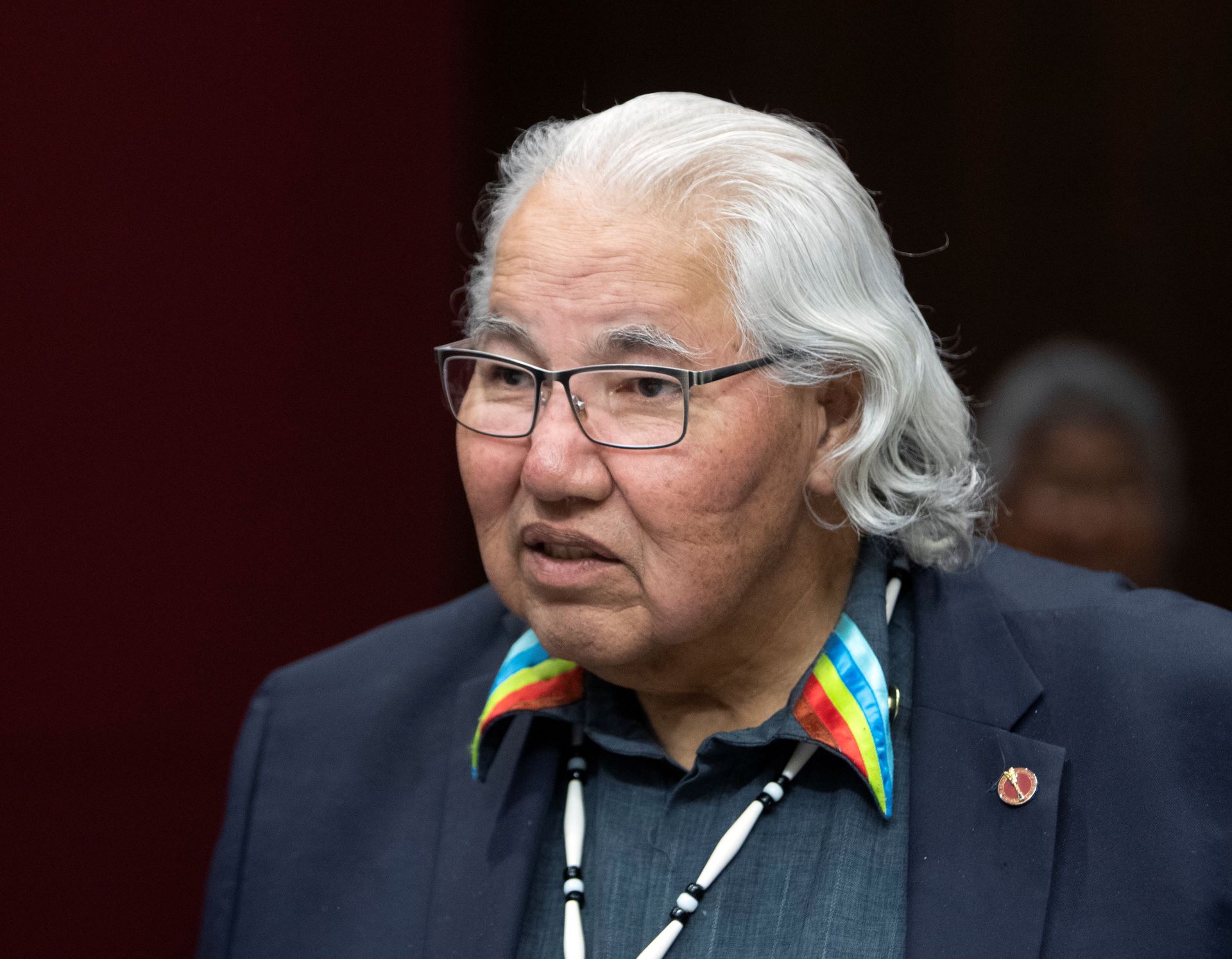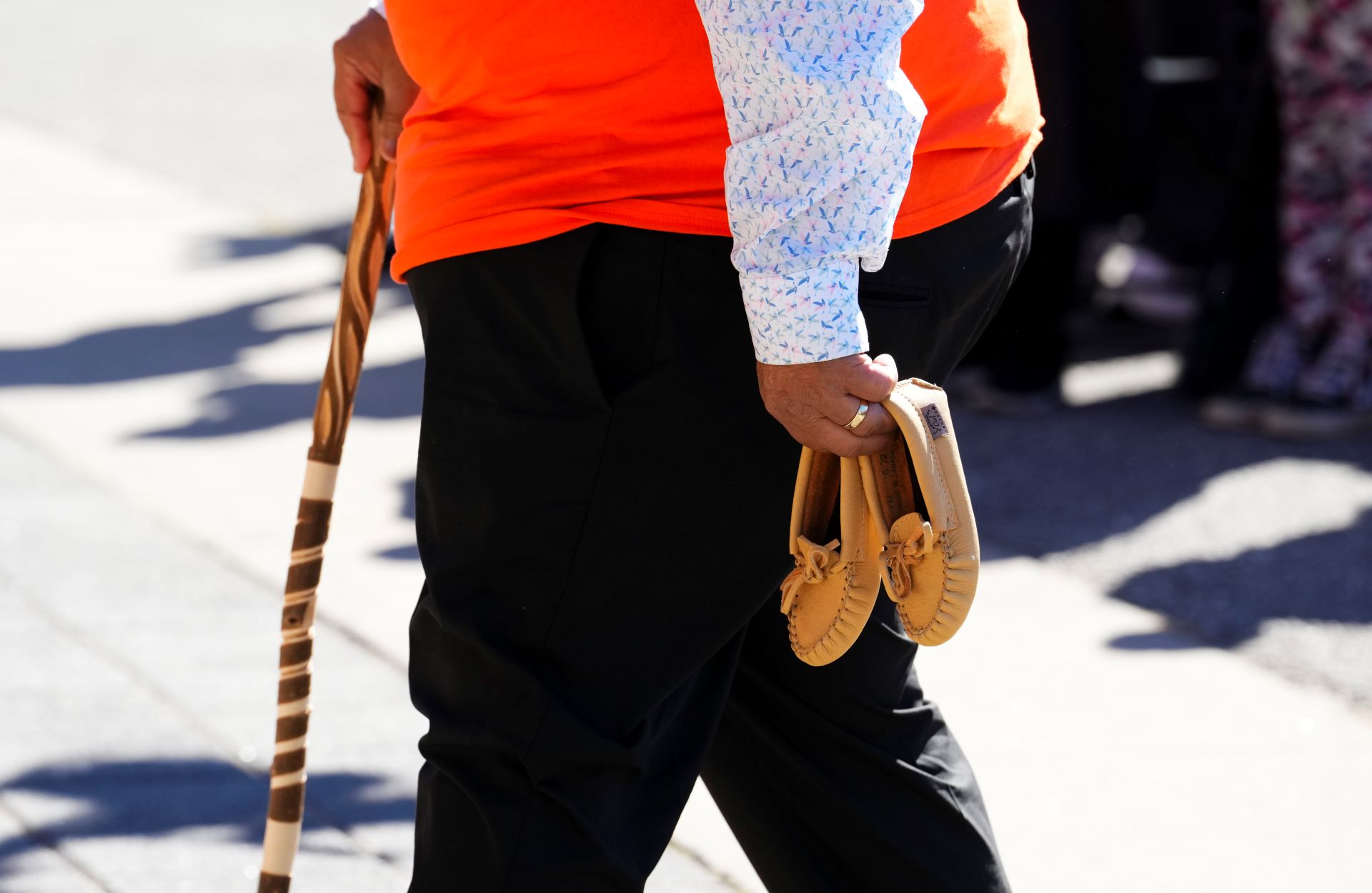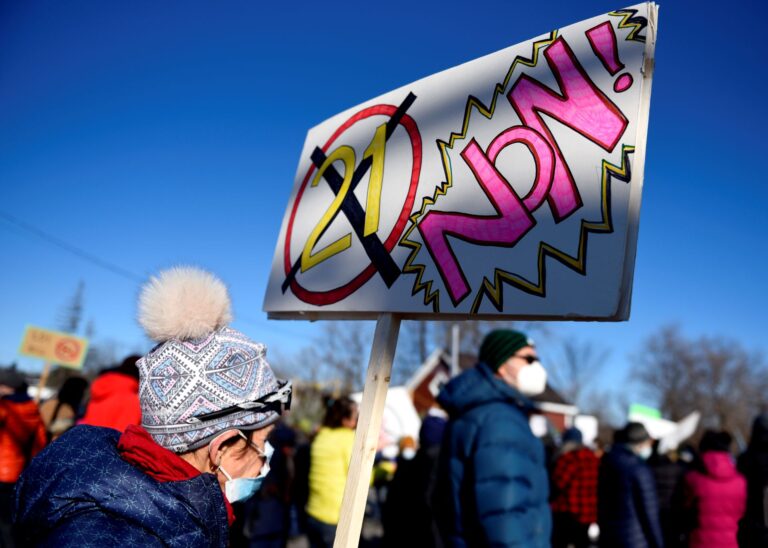(Version française disponible ici)
When the Truth and Reconciliation Commission released its calls to action 10 years ago, priority was given to child welfare and Jordan’s Principle, which set out to address significant service shortfalls for First Nations children. The residential school survivors recognized the vital importance of protecting future generations and giving them a chance to grow up healthy and proud.
The federal government acknowledged and apologized for the harms of residential schools and it pledged to learn from the past.
Weeks later, it was handed a golden opportunity in the form of a legal order from the Canadian Human Rights Tribunal. It required the Department of Indigenous Services Canada (ISC) to end discrimination in First Nations child and family services and comply with Jordan’s Principle.
The government welcomed the ruling. Then, after public attention waned, it resisted and spent more tax dollars to fight First Nations children in court.
Reports, recommendations, and legal decisions have repeatedly highlighted harms and outlined clear solutions. But ISC responds with inadequate or piecemeal actions. Rather than embrace change, it often defends its conduct.
The long history of discrimination against First Nations children
Over and over, it has decided against taking all reasonable measures to stop hurting First Nations children. Time and again it has blown the opportunity to show residential-school survivors and Canadians it is serious about reconciliation.
Some call it a failure. I call it a choice.
With its inept conduct and colonial stench, ISC needs a deep clean. The Department of Justice also needs to be steered away from fruitless litigation defending ISC’s indefensible actions.
Neither department is seriously looking at internal reform. To move both toward reconciliation, it will fall to the prime minister. He will have to insist they take positive and effective measures to reform themselves and take advantage of evidence-informed solutions and implement the TRC calls to action before the government squanders more money and more childhoods.
“Canada has switched horses”
ISC and its predecessor departments have a perfect record of discrimination toward First Nations children dating back more than 150 years. It’s due either to profound incompetence or, more likely, a systemic discriminatory culture.
A moral and law-abiding government would tolerate neither. Yet not only does the federal government tolerate it. It sends in the Department of Justice to vigorously defend ISC’s wayward conduct.
Despite its immense resources, the Department of Justice rarely prevails in litigation against First Nations. That is because, frankly, the facts are against it. Nonetheless, the DOJ delays the inevitable finding of ISC wrongdoing by using procedural tactics to exhaust the limited resources of First Nations and avoid a full airing of the facts in pursuit of what it calls “important legal questions.”
Even the Truth and Reconciliation Commission had to take the federal government to the Ontario Superior Court to obtain the residential school records in its possession.
“It would appear Canada has switched horses,” TRC chair Murray Sinclair said in 2020 as Canada’s pledge of full co-operation with the TRC dissipated.

The federal government has put its hooves in the mud in its implementation of the TRC calls to action. Progress has stalled to such an extent that historians Eva Jewell and Ian Mosby have stopped tracking it.
This is not an aberration.
Inaction repeatedly documented
This fall, Auditor General Karen Hogan issued a scathing report on Indigenous Services Canada’s lack of action to improve drinking water, health care, and other basic services. This was not the first time she found ISC’s conduct to be wanting. In a 2022 report, she said it had not helped communities manage emergencies and had not addressed problems identified in an earlier auditor general’s report from 2013.
In 2018, former auditor general Michael Ferguson expressed similar exasperation, saying his office had consistently shown that government programs were not effectively serving Indigenous Peoples. The situation was “beyond unacceptable,” he said, noting that an even earlier auditor general, Sheila Fraser, had called it “unacceptable.”
ISC Minister Mandy Gull-Masty reacted to Hogan’s most recent report by saying the government is innovating, though she has not said how the department will better its performance. She says the department is talking to First Nations, but she has not seriously responded to the solutions First Nations have already proposed.
These are evidence-based solutions that are often economically costed-out. For decades, First Nations leaders have decried ISC’s refusal to properly implement any of them. Instead, it does the exact opposite, using its heft to implement piecemeal policy it could not get by legal order. It talks with those who agree with it. It recruits a few Indigenous people to carry the dirty water. Or it does nothing.
The human and economic consequences are profound.
ISC and “the old mindset”
The federal government is paying out $23.4 billion in a recent class-action settlement after a tribunal found Canada has created a worst-case scenario for First Nations children through wilful and reckless discrimination.
The inequity leading to the harms was documented 25 years ago in a joint report between First Nations and Indian and Northern Affairs (ISC’s predecessor) in 2000. It would have cost several hundred million to fix, but ISC did not implement the findings. As the harms to children compounded, their needs increased, and so did expenses.
First Nations children pay the heaviest price when ISC does services on the cheap. Legal findings confirm that profound deficits in family supports have led to thousands of First Nations children being unnecessarily separated from their families. Too many children have suffered harms or lost their lives because they were denied basics like wheelchairs, educational supports, feeding tubes, and medical supplies.
ISC so often foils opportunities to do better that the Canadian Human Rights Tribunal has given it a name: “the old mindset,” reminiscent of the department’s conduct in residential schools and the Sixties Scoop. Both resulted in class actions and government apologies but no meaningful change to ISC.
ISC continues to discriminate. It resists independent monitoring and deflects responsibility for poor results onto the very First Nations and service providers advocating for change.
Instead of learning from the price of harms paid by children and the taxpayer, it is actively harming another generation of children.
Class actions to address ISC misconduct are not a solution. At best, they yield modest victim compensation while doing little to prevent further harm.
The opportunity to stop the ISC freight train of harm is upon us.
First Nations have collaborated on evidence-based approaches to end Canada’s discrimination. A committee of independent experts ordered by the tribunal can ably shepherd ISC reform, and First Nations leadership has created the National Children’s Chiefs Commission to end Canada’s discrimination toward First Nations children.
The only real solution to stem the accumulating liability and harm to children is for ISC to put down its swords and properly implement the solutions already on the books.

The vital role of the public
It will take public pressure and political direction from the very top.
The Canadian public can wield its influence to press elected officials to follow the tribunal’s legal orders, stop making excuses and implement the solutions that would improve children’s lives and stop the bleeding of the federal treasury into the class- action industry.
As Mosby and Jewell found, the Canadian people do have power. Politicians took a quick interest when the public wore orange shirts in droves amid international headlines on children in unmarked graves in residential schools. Governments expedited their implementation of the TRC calls to action in response to public pressure.
When public attention waned, so did political interest.
Looking at the federal government’s consistently slow implementation of the TRC calls to action, Murray Sinclair said, “it’s like trying to turn a ship while using a small rudder on the back of it…you have to get everyone manoeuvring that ship so that it begins to turn.”
First Nations children are on that ship. Let’s get it sailing toward reconciliation – because we can. And because if we don’t, that ship is going to wreck, and all of us will pay the price.











